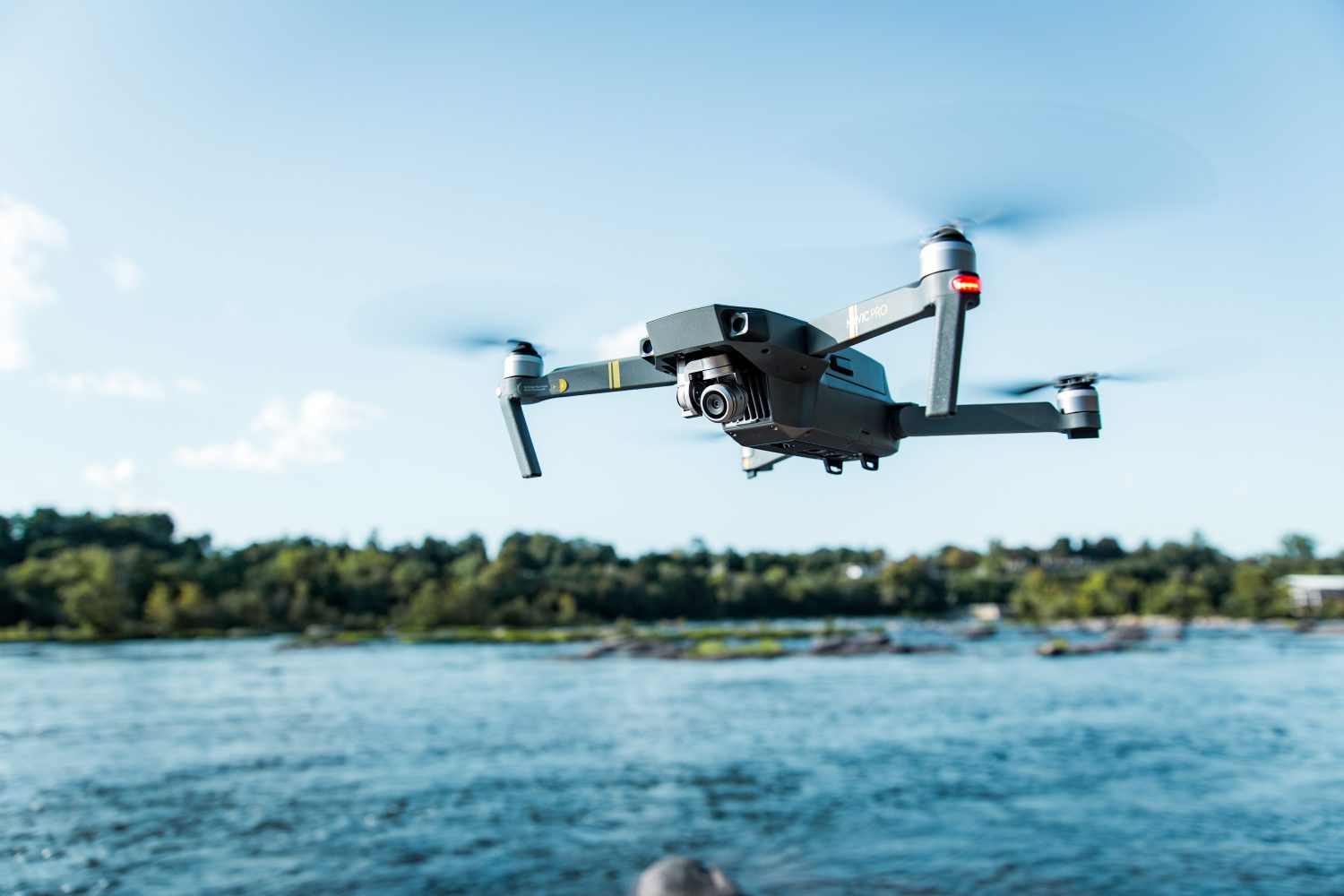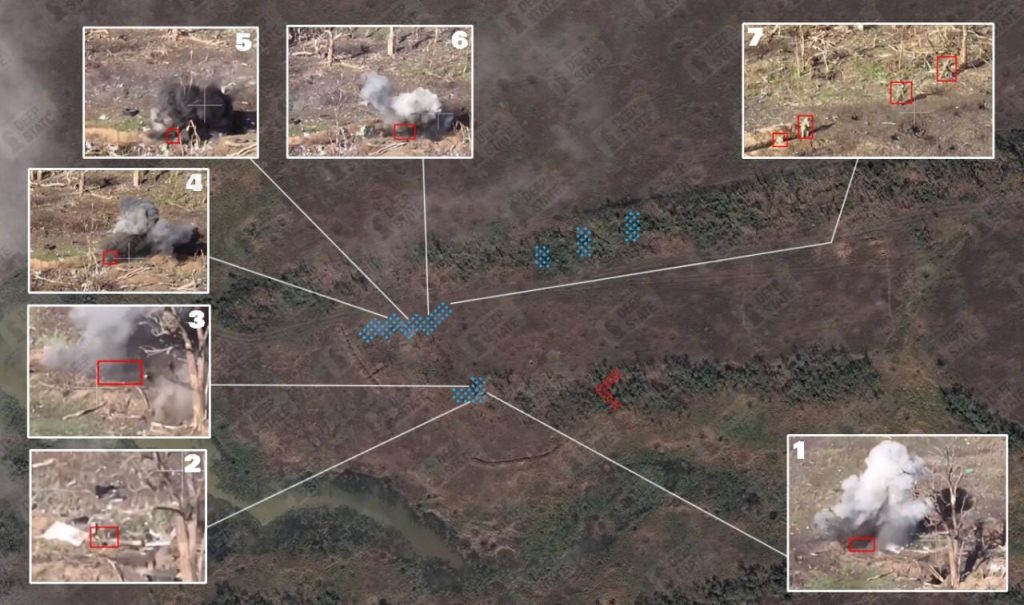
Though Ukraine has gained well deserved admiration for its innovative and potent deployment of repurposed commercial and enterprise drones – as well as craft created exclusively for military use – its fighters may now be losing their aerial advantage as Russia shows its own capabilities with adapted UAVs.
Studies by several Western organizations indicate Russia has begun using new variations of its small drones to reduce Ukraine’s lead in producing and operating the vehicles in attacks. Strikes by invading forces flying small, first person view (FPV) craft have proven particularly effective of late. Meanwhile, deployment of the “Izdeliye-53” upgrade of Russian Lancet loitering UAVs has been so destructive against targets in Ukraine that sanctions imposed by the US this month specifically seek to hog-tie its maker, Zala Aero, as well as its major suppliers.
Lancet kamikaze drones were recently described by the Washington-based Institute for the Study of War as carrying three to five kilos of munitions, and using an “automatic guidance system that can distinguish types of targets and increase strike success rates.” The relatively compact systems – costing only $35,000 per unit – are shot from launchers like missiles before unfolding wings into semi-X formation, and can be used alone or in communicating groups that coordinate assaults as scenarios develop.
Despite a significant increase in their deployment resulting in considerable damage in Ukraine since late October, analysts say operation of “Izdeliye-53” has not yet reached a “wide scale yet, but Russian sources claimed that Russian forces are currently testing the drones for mass synchronized swarm strikes.”
At the same time, fighters in Ukraine must contend with the increased and far more potent use of FPV drones by invading Russian units – an unexpected turning of the aerial tables.
Indeed, although production and deployment of inexpensive first-person craft by Ukraine has resulted in the destruction of millions of dollars’ in enemy tanks, weapons systems, and personnel carriers for over a year – generating countless anti-Kremlin propaganda videos from the ashes – recent events suggest Russia is now giving back even better than it gets.
Increased manufacturing and use of FPV drones by Russia has been credited by UK military observers with playing a significant role in blunting Ukraine’s sluggish five-month counter-offensive.
Several specialized organizations have also noted improved and deadlier tactical strategies employed by Russian FPV pilots, who have gone beyond previous use of the craft by both sides for remote strikes to execute attacks on Ukraine forces during ongoing combat.
An example of that was evidenced by a recent battle in Ukraine’s southern border area, where eight FPVs were flown by Russian operators in behind-the-lines assaults that killed seven defenders and forced six survivors to retreat. Other instances cited indicate similar close-combat uses of first-person craft providing Russian troop with decisive advantages.

Indeed, a report Thursday by Reuters says Ukraine’s own FPV pilots fear the country is “now being leapfrogged by their adversary as Moscow pumps money and resources into its drone sector” – specifically, those first-person craft and more complex, automated UAVs like “Izdeliye-53” Lancets.
If that proves true, the rebalancing of arial forces between the combatants would mark a major shift from even six months ago. Until recently, Ukraine routinely pummeled invading forces and targets inside Russia itself with domestically prepared UAVs, while Moscow was forced to rely on Iran-made Shaheed loitering munitions to compensate for its own drones that frequently dropped from the sky after malfunctioning.
Image: Karl Greif/Unsplash
FTC: We use income earning auto affiliate links. More.



Comments